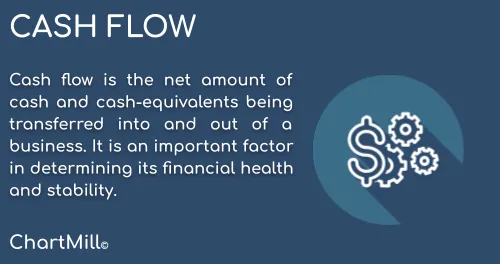Debt/FCF Ratio | How many years will it take to repay a company's total debt if all free cash flow is used?
By Kristoff De Turck - reviewed by Aldwin Keppens
Last update: Apr 19, 2024
In the intricate tapestry of financial metrics that investors use to gauge a company's health, the Debt/Free Cash Flow (FCF) ratio stands out as a key indicator. This ratio offers valuable insights into a company's ability to manage its debt obligations in relation to its free cash flow, providing investors with a nuanced perspective on financial strength and sustainability.
Formula
The Debt/Free Cash Flow ratio is calculated by dividing a company's total debt by its free cash flow.
Interpretation
This ratio specifically considers a company's ability to generate free cash flow, which represents the cash available after covering operating expenses and capital expenditures. This focus on cash flow is beneficial in assessing a company's ability to service its debt obligations with available cash.
This ratio provides an indication of how many years it would take for a company to repay its debt if it used all its free cash flow to do so.
Debt/Free Cash Flow vs. Debt/Equity
Both ratios focus on the amount of debt in a company but they do so from a different perspective.
While the Debt to Free Cash Flow ratio provides insight into the company's ability to repay debt with available cash, the Debt to Equity ratio provides a broader view of capital structure and financial risk.
Other Financial Health Ratios
Fundamental Health filters
In this article we will discuss the available fundamental filters related to the financial health of a company. Read more...







